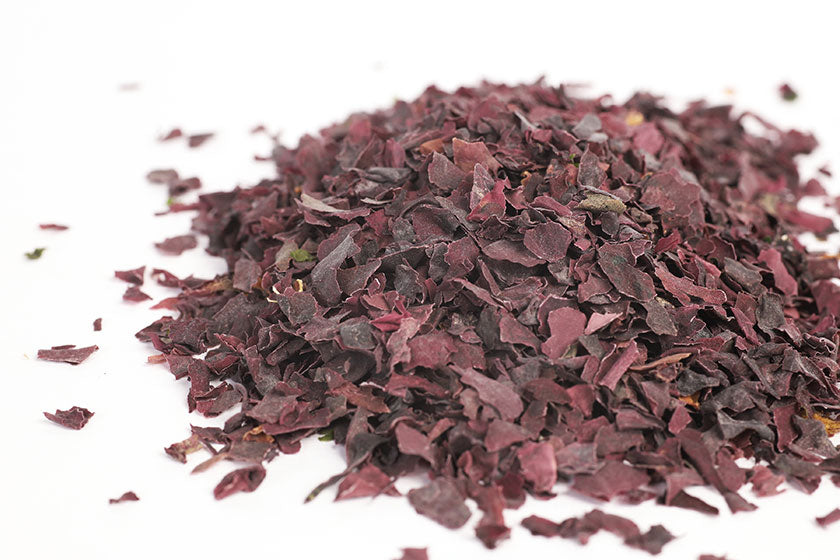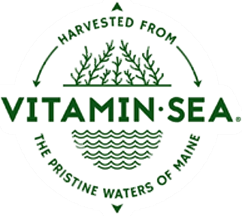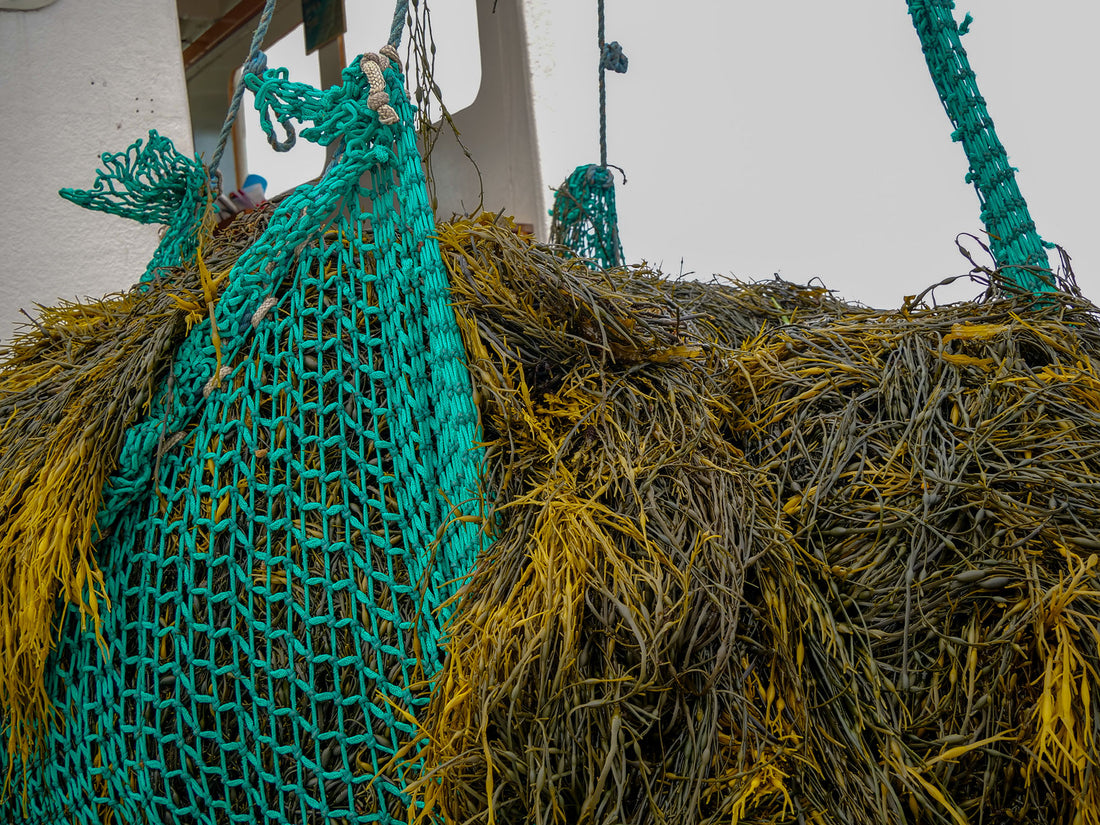Seaweeds are classified as algae, although they are often referred to as 'sea vegetables' or 'plants from the sea’. Brown seaweeds are a diverse group often characterized by their brown or olive-green color, primarily found in colder coastal waters, and known for their large size and complex structures.
All seaweeds photosynthesize, just as land plants do. However, they do not produce flowers, have roots, or systems for transporting water and nutrients. They all contain chlorophyll which is synthesized and stored in the seaweed's cells.
Seaweeds also contain other pigments which are used to capture light for photosynthesis or to protect against harmful ultraviolet radiation.
The pigments present in seaweeds are used to help classify them into three broad color groups – green, red, and brown.
What Are Brown Seaweeds?

Brown seaweeds get their characteristic olive-green to dark brown color from the presence of a unique group of pigments called fucoxanthin. The primary function of fucoxanthin is to absorb light energy during photosynthesis. They complement the action of chlorophyll by capturing light in different parts of the spectrum. The presence of fucoxanthin masks the green color of chlorophyll, giving the seaweeds their distinctive brown appearance.
Typically flourishing in intertidal zones or shallow subtidal regions, brown seaweeds commonly inhabit cold to temperate waters. Thriving in rocky coastal areas, they anchor themselves to substrates, such as rocks, using holdfasts.
Exhibiting a wide range of sizes, brown seaweeds can grow from small filamentous forms to large kelps that reach several meters in length. Many brown seaweeds have a complex structure with holdfasts (root-like structures), stipes (stems), and blades (leaf-like structures).
There are more than 2,000 species of brown seaweeds around the world’s oceans. Here at VitaminSea, we harvest the most popular edible species of brown seaweeds from Maine including Kombu, Wakame Alaria, Kelp Digitata, Bladderwrack, and Rockweed.
Nutrients and Minerals In Brown Seaweed
While brown seaweeds are known for their high iodine content, they are also rich in minerals and trace elements such as calcium, magnesium, potassium, and zinc. Additionally, they are a source of Omega-3 and Omega-6 fatty acids.
Moreover, brown seaweeds encompass various compounds that play potential roles in addressing degenerative diseases. Alginates, for instance, are recognized for their detoxification properties against radiation and heavy metals. Fucoidan is associated with cancer prevention and combating infections, while laminarin contributes to cardiovascular health. Furthermore, lignans found in brown seaweeds may have implications for illnesses related to estrogen.
What Are The Health Benefits Of Brown Seaweeds?
Brown seaweeds have been found to have a remarkable impact on a range of health ailments. Regular consumption of brown seaweeds, in cautiously monitored quantities to account for their naturally high iodine levels, offers a multitude of health benefits for optimal health including:
- Nourishing the thyroid gland and brain
- Balancing hormones
- Improving metabolism and facilitating weight loss
- Removing radioactivity, heavy metals and environmental toxins from the body
- Naturally inhibiting cancer cell growth
- Soothing the skin and the digestive tract
- Supporting bone and joint health
Wakame Alaria is almost identical to Japanese wakame biologically and nutritionally. It is one of the highest sources of calcium, rich in B complex vitamins, vitamins A, C, and K, high in protein, iron, magnesium, iodine, sodium, chromium, zinc, phosphorus, potassium, and dietary fiber.
Kombu, also known as Sugared Kelp, has a slightly sweeter taste and tender texture. It is considered a health food in Asia as it contains abundant levels of iodine, trace elements, protein, vitamins A, C, E, K, B complex, potassium, magnesium, iron, sodium, chromium, phosphorus, alginate, and carotene.
Bladderwrack is most commonly used in body care products as it is very high in magnesium. However, it is also balanced in vitamins, minerals, and trace elements, packed with vitamin K, vitamin C, protein, iodine, bromine, and phosphorus.
How To Cook and Bake With Brown Seaweed

Each brown seaweed has a unique flavor profile. Experiment with different seaweeds in your cooking to see which flavor you prefer. Seaweeds are used like any spice or herb. A little goes a long way!
Here are some ideas to get started with adding a little brown seaweed to everyday meals.
Wakame: Excellent for miso soup and making vegetable soups and stews. Whole leaf can be used in salads, pre-soaked and marinated in lemon juice, blanched or steamed.
Kombu: Essential for dashi broth or making soup stock. Use in sauces, marinades and salad dressings. Mix with seasonings for a great “rub” for your meats. Makes an excellent fish wrap for baking and steaming. Sprinkle Kombu instead of salt on food, it tastes salty and provides a better balance of minerals.
Kelp Digitata: Perfect for cooking beans. It aids digestion, reduces cooking time and is tenderizing. Sprinkle flakes over your favorite salads, stir-frys, or fish dishes.
Bladderwrack: Makes great stock and can be used as tea, broth, or seafood flavoring. The tips can be marinated with butter, lightly steamed, and eaten in salads. Use as a base to steam and flavor fish. Delicious as part of a condiment mix.
Rockweed: The main ingredient for a delicious Maine lobster/clambake! Can be used as a powder in drinks, teas or supplements.
Try our brown seaweeds and “sea” for yourself!


